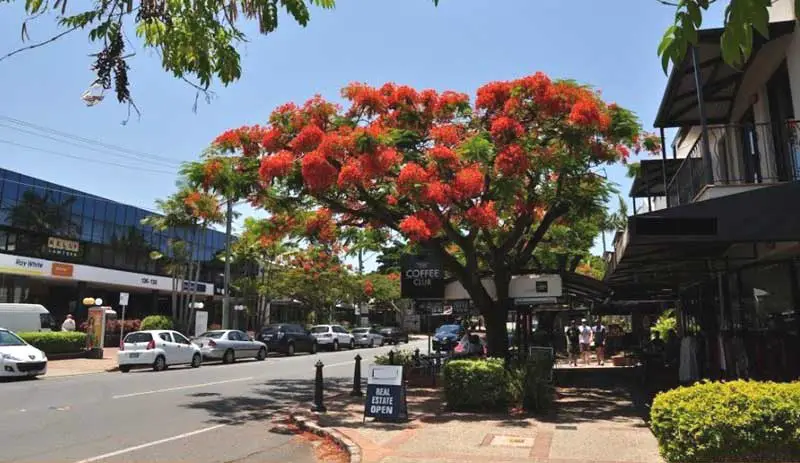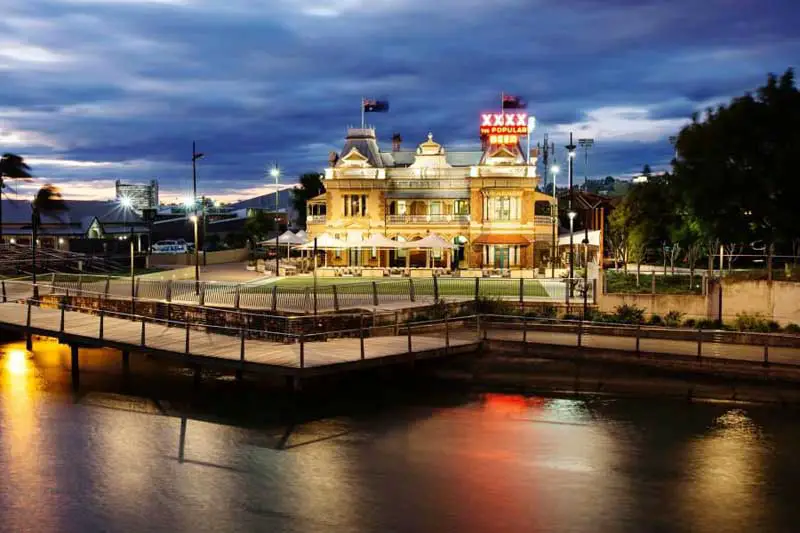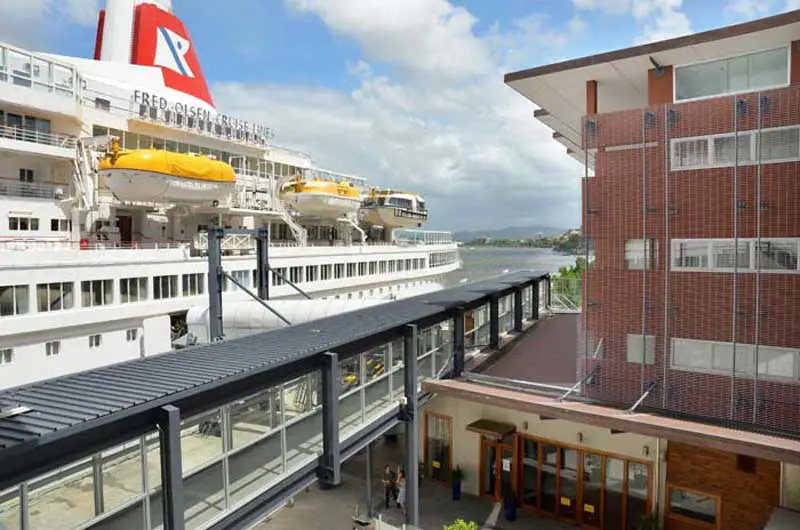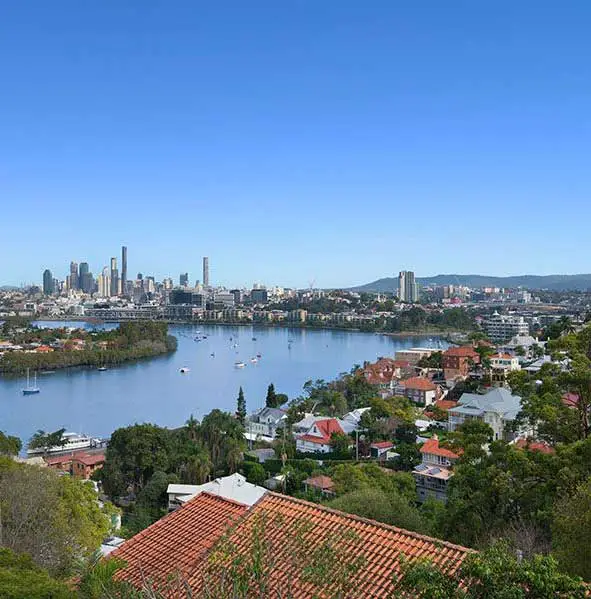







Hamilton and Ascot

Bordering on the famous Doomben Race Track, Hamilton and Ascot have for years been seen as being one of the better areas of Brisbane in which to live, up there with Mosman in Sydney, Claremont in Perth and Brighton in Melbourne. The suburbs are home to many professional people, with many desirable, beautiful houses characterised by large Queenslanders on equally large blocks of land. Ascot is also best known locally for its picturesque poinciana tree lined shopping area of Racecourse Road, and for the Eagle Farm and Doomben racecourses popular for racing carnivals. It has developed into an upmarket cafe and boutique shopping area around Racecourse Road and has become quite a popular place for people to spend an hour or two. On race days, it is a promenade for the fashion-conscious and traditional racegoers.

Racecourse Road
Ascot has its hilly areas with lovely views and flat leafy areas. The southern side of Hamilton fronting on the Brisbane River has been spared having waterfront properties, so the view of the river for motorists travelling up and down Kingsford Smith Drive is not blocked. Also near-by is the famous Breakfast Creek hotel which has been a drawcard for visitors for many, many years.
The CityCat stops are Bretts Wharf and, since October 2011, Northshore Hamilton. Hamilton is serviced by Brisbane Transport bus routes 300, 301, 302, 303, 305.

Breakfast Creek
The land around Breakfast Creek was an important Aboriginal camping ground until it was broken up by police raids in the 1860s. The camp was one of the major sources from which local Aboriginal people supplied the Moreton Bay colony with fish. Explorers John Oxley and Allan Cunningham met members of an aboriginal clan at the mouth of the creek in 1824. After they had breakfast at the site minor conflict with the aboriginals arose after one of them grabbed Oxley's hat. Oxley named the waterway in remembrance of the incident. The heritage-listed Breakfast Creek Hotel is located near the confluence with the Brisbane River and is known for serving XXXX beer exclusively from wooden barrels.Convicts were used in the 1830s to clear land and build basic roads. Within a decade wealthy free settlers took land with a view of the Brisbane River. In 1855, pastoralist James Sutherland purchased a large portion of land in the Brisbane area, including Ascot and its surrounds. He built one of Ascot's surviving and historically listed homes, Windermere.
The Eagle Farm Racecourse was established in 1863. Horse racing was one of the earliest sports in Brisbane and the name "Ascot" was given to the suburb as a tongue-in cheek reference to Ascot, England, and its prestigious Ascot Racecourse. There were racing stables throughout the suburb until the late 1920s. During World War II, several buildings were used by General Douglas MacArthur and the Central Bureau, which had its headquarters at "Nyrambla", 21 Henry Street. In July 1942, MacArthur moved his headquarters to Queen Street in Brisbane city. The Central Bureau work of intercepting and decoding Japanese intelligence remained in Ascot.
Also used was the fire station at 77 Kitchener Road and several other locations in nearby Hamilton. In 1941 military authorities took over the racecourse, then known as Camp Ascot, to house thousands of American troops. Camp Ascot was home to several US units, including the 2nd battalion of the 131st Field Artillery Regiment and the 35th Fighter Group comprising the 39th, 40th and 41st Fighter Squadrons and Headquarters Squadron.
From the 1990s the old servants' quarters of "Nyrambla" were home to the late Australian actor Bille Brown (1952-2013), honorary ambassador for Queensland for his stage work in the Queensland Theatre Company in Brisbane and the Royal Shakespeare Company.
It is believed the first hotel in the Hamilton district was built by the Gustavus Hamilton (father of Messrs. F. G. Hamilton, barrister, and R. Hamilton, surveyor). Amongst the earlier lessees of the hotel was a Mrs. Warren, who, by coincidence, married another Mr. Hamilton, so that the hotel was occupied by different families of the name Hamilton. The Hamilton Hotel became an easy reference mark in the days when buildings were few in the district, and its name was gradually applied to the whole district.
In Brisbane's early history, Hamilton was the home to many aristocrats and clergy. This suburb is known for being an "old wealth" suburb compared to "new wealth" suburbs in Brisbane such as Paddington, Toowong and Indooroopilly. Many of Brisbane's iconic mansions are found in Hamilton, mainly because the exclusive suburb boasts spectacular views of the entire central business district and other surrounding suburbs. After World War I, a war memorial was built alongside the Brisbane River. It was unveiled by the Queensland Governor John Goodwin on Sunday 16 August 1931. During World War II an accident occurred involving a Corsair fighter plane. It had been unloaded from a ship in the river, had its wings folded up and was being towed along Kingsford Smith Drive by a truck when it snagged the tramway overhead and brought them down.
This district was the birthplace of Charles Kingsford Smith in 1897.
In recent times, a cruise ship terminal has been built in a precinct named Portside; this precinct has then seen substantial commercial and residential development.



